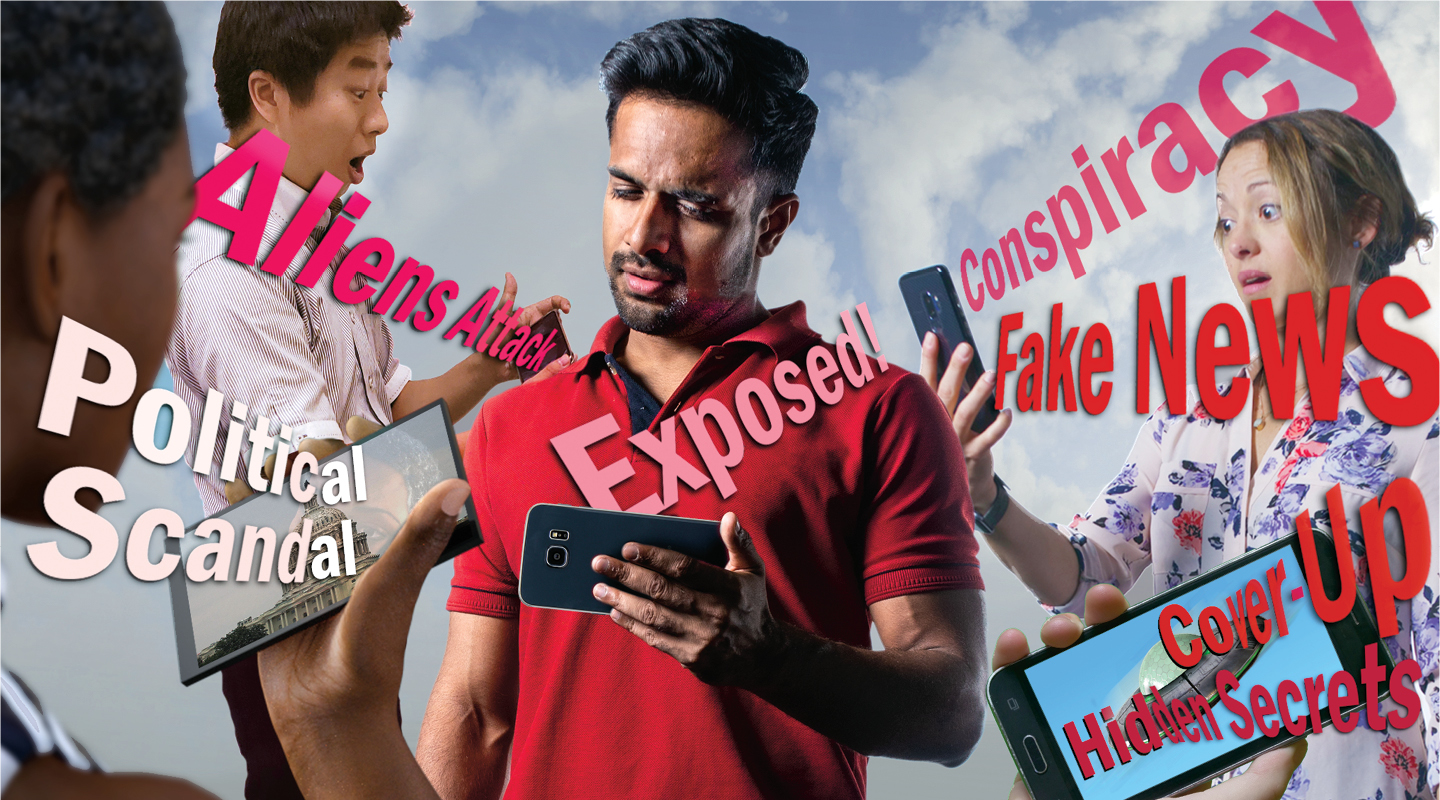It’s not unusual for Breon McIntosh to spend about three hours of his day watching YouTube. The 17-year-old senior at North Lawndale College Prep in Chicago uses the website to get the news and watch Fortnite videos.
McIntosh usually begins by checking his subscriptions and looking to see what’s trending. He’ll watch one video and then videos that come up on autoplay. Yet the more videos McIntosh watches, the more “the recommendations become a whirlwind of lies, click bait, and fake news,” he says. “Mainly I feel disgusted.”
Media experts say McIntosh has good reason to feel this way. YouTube, the most popular social media platform in the world, has come under fire recently for the way it has seemed to recommend more and more extreme—and often false—content to users.
Searches for the “moon landing” lead to conspiracy videos suggesting the historic 1969 U.S. moon mission was a
Sociologist Zeynep Tufekci of the University of North Carolina tweeted earlier this year that YouTube is “a giant radicalizing engine.”
“This situation is especially dangerous given how many people—especially young people—turn to YouTube for information,” she wrote in March in The New York Times.

